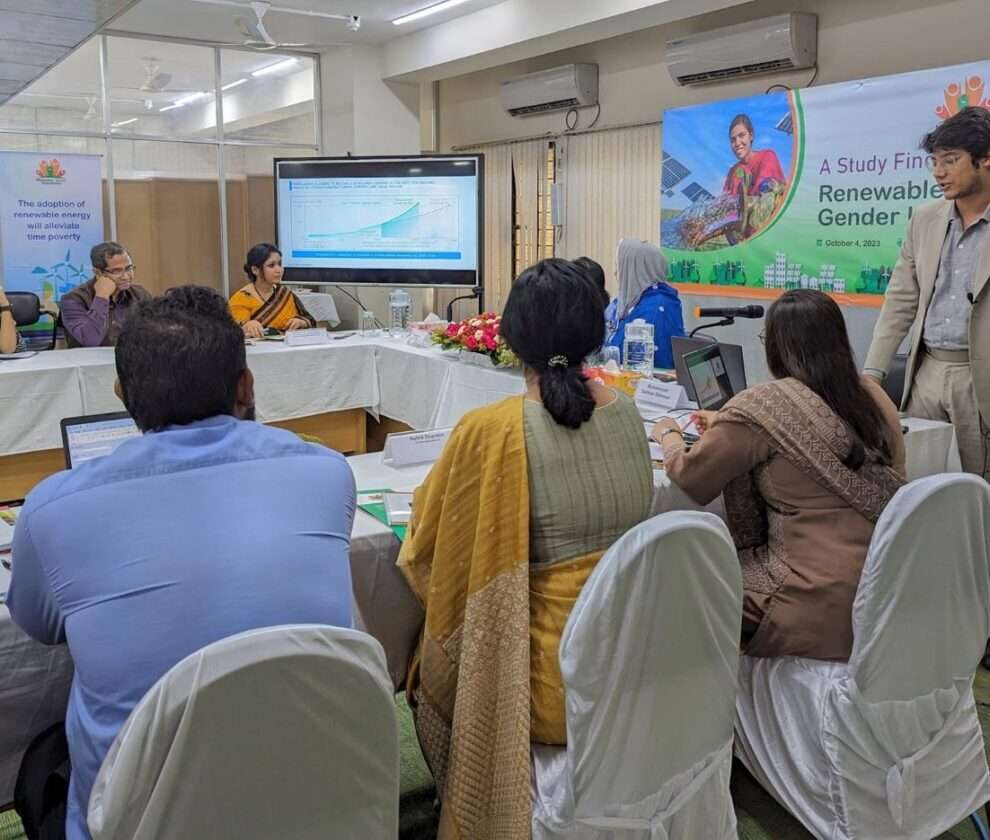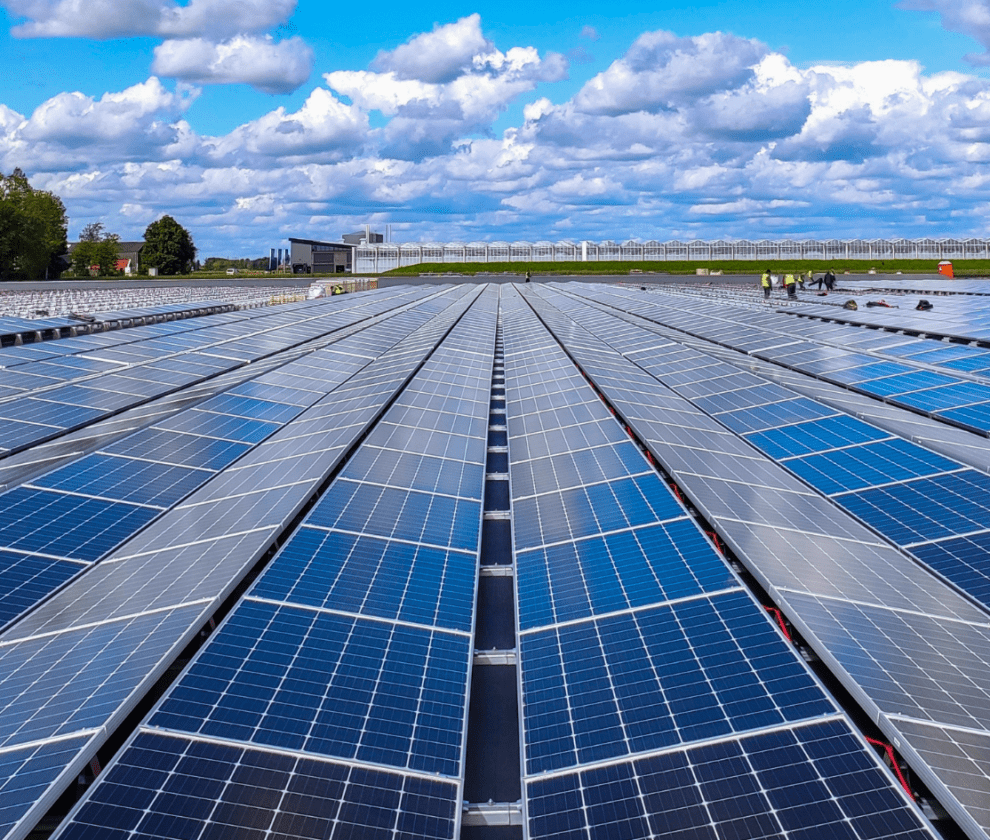Bangladesh energy sector has seen strong growth in the recent years driven by fast economic growth, rapid urbanization, and steady industrialization. Energy consumption has increased at 6.0% CAGR (2010–17) compared with the global average of 1.6%. A recent study by the Boston Consulting Group (BCG), by 2030, annual power consumption will increase to ~171 TWh, with peak demand expected to more than triple, from 11GW in 2018 to 36 GW by 2030. In working to achieve its electrification goals, Bangladesh is adopting flexible power solutions alongside traditional grid connectivity, with 10% of the population currently utilizing electricity from off-grid power. Energy security has been a prime concern of the country, as its primary source of energy, indigenous natural gas is declining. Secondary sources like HFO is 100% import driven, as well as lack of activity in exploiting domestic coal means that going forward. Bangladesh must keep a flexible and diverse fuel mix option, both on the supply chain and value side. Government has strong focus on building coal-fired plant to meet the raid growing energy demand. Bangladesh India Friendship Power Company is building the controversial 1320 MW plant in Rampal and few more plants are in the pipeline. However, clean energy researchers urge to seriously think about exploring opportunities of building solar plants in India and import rather investing on coal.
Bangladesh is currently generating around ~577.30 MW of electricity from renewable, which is just 2.79% of total installed capacity (20,430MW). Off-grid Solar Home System captured the significant portion, where utility-scale solar park is generating ~20 MW. Joules Power Ltd is the only IPP who succeeded in building solar park, where 13 IPPs signed PPA but failing in implementation phase. Wind energy in Bangladesh is still at the experimental phase, currently, wind contributes 0.5% in the renewable energy mix with an installed capacity of 2.9 MW where three plants are operated by public utilities. Few small-scale wind projects have installed by various government bodies and NGOs at various other locations spread across the coastal region. Recently, the National renewable energy laboratory (NREL) in partnership with USAID published the first ever wind resource mapping of long-term wind speed data measured at 9 different location of Bangladesh. This resource mapping can be used as the guiding resource document by the private sector stakeholders.
Cross Border Electricity Trade (CBET) and Clean Energy Integration
Energy has become a global concern as more countries of the world are taking power pooling approach to make robust regional grids to increase the reliability and minimize the investment demands in the supply-side. The South Asian region belongs to offer significant renewable sources with a combined hydro potential of ~350 GW and huge scope of tapping clean energy as well as dealing actual constraints associated with energy supply. Consequently, clean energy market in Asia is growing and where nearly 50% of global CE investment in 2016 was in Asia. Particularly in India, the renewable energy costs have fallen ~50% in last two years and expected to continue declining in the coming years. India’s clean energy sector has been experiencing a crossroad where the total solar installation had surpassed the coal installed capacity for the first time in FY 2016–17. Today, new wind and solar are ~20% cheaper than coal generation, hence Bangladesh’s Power Development Board (BPDB) and India’s National Thermal Power Corporation (NTPC) declared that two countries will form a committee to decide where to build large coal plant or solar parks in India for additional power import possibilities. Bangladesh can save from high upfront capital investment in building solar resources. Currently Bangladesh is importing 1160 MW of electricity through one HVDC grid in Bheramara. Therefore, Bangladesh can actively engage in the regional power pooling initiatives to create robust regional power grid to increase reliability of supply, lower investment requirements and reduce production cost like similar power pooling market including South African Power Pool, Greater Mekong Sub-regional Power Trade Organization, Central American Electrical Interconnection System etc. Currently, Bangladesh positioned among the countries with the lowest per capita consumption in the region (Table-1) while effective Cross Border Electricity Trade and access to clean energy can bring economic benefits in terms of savings on investment and cost and fostering the paradigm shift towards clean energy.
The next steps: Accelerating private capital in clean energy through strategic development assistance
The success of distributed Solar Home System which is one of the largest clean energy programs in the world, connected more than 5.5 million household or roughly 16 million population in access to reliable clean energy. This massive SHS installation drive was possible because for IDCOL’s innovative, partially subsidized SHS delivery and financing scheme with technical and financial support from various development partners including ADB. However, Bangladesh has failed in utility scale solar parks, as a result BPDB plans to add substantial coal-fired and gas fired power plants to meet the rapidly growing energy demand. On the contrary, Bangladesh has far more utility-scale solar PV potential than previously estimated, at costs lower than coal power. Investors are skeptic in clean energy financing due to problems in land acquisition, lack of site-specific resource data and absence of smart grid. Clean energy financing is one of the biggest challenges in utility scale solar and wind proliferation as domestic banks do not have experience in clean energy lending but might be more willing to increase after receiving technical assistance. To overcome this challenges government is working with donor assistance for last the 5–6 years. Since the funding from public and concessional sources are scarce, Bangladesh needs an engaged private sector to make significant investment in clean energy and technologies. The figure below illustrates that current penetration of donor assistance and the way forward to mobilize private capital in this sector.
This article was originally published on Medium, and authored by Omor Ahmed – Senior Associate.




